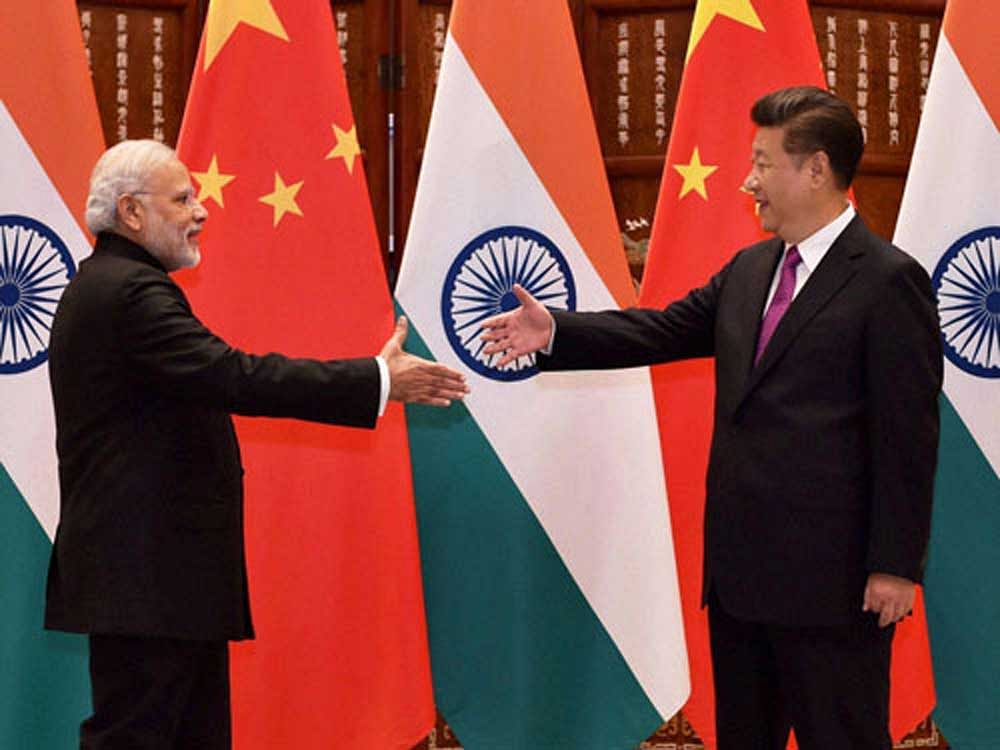
Prime Minister Narendra Modi and Chinese President Xi Jinping will next month discuss ways to settle the “tri-junction” boundary points where India and China have territorial disputes involving third countries.
Modi and Xi will hold a bilateral meeting on the sideline of the BRICS (a bloc comprising Brazil, Russia, India, China and South Africa) summit, which is likely to take place from September 3 to 5 at Xiamen in south-eastern China.
With the military face-off in Doklam Plateau near India-China-Bhutan boundary point now over, Prime Minister and Chinese President are likely to discuss ways to work with governments of the third countries to settle disputes in the “tri-junction areas”, sources told the DH in New Delhi.
New Delhi is keen to have a trilateral arrangement led by senior officials of India, China and Bhutan for settling dispute over the tri-junction boundary point.
Apart from Bhutan, India and China share tri-junction boundary points with Myanmar and Nepal – at Diphu Pass and Lipulekh Pass respectively.
New Delhi and Beijing had in 2012 agreed that the tri-junction boundary points among India, China and third countries would be finalized in consultation with the third countries.
Xi is also expected to nudge Modi to fast-track the settlement of bilateral dispute over the Sikkim Sector of the China-India boundary, sources in New Delhi said.
Beijing has been prodding New Delhi to agree on an “early-harvest agreement” to settle the dispute on this stretch, while continuing the negotiations on the rest of the boundary.
New Delhi, however, has so far been cautious about the proposal and maintained that it would prefer a comprehensive settlement over the entire India-China boundary, rather than resolving it in piecemeal manner.
New Delhi and Beijing already have a bilateral mechanism for dialogue to resolve the dispute over India-China boundary. The Special Representatives of India and China represent the governments of the respective countries in the dialogue.
Modi's National Security Advisor Ajit Doval and China's State Counsellor Yang Jiechi currently lead the mechanism as Special Representatives of the two governments.
Beijing, however, insists that since the boundary between the two neighbours at Sikkim Sector had already been delimited by the 1890 convention between UK and China, the mandate of the Special Representatives exclude this stretch of the boundary.
New Delhi argues that while the status of Sikkim as an integral part of India has been settled and accepted by Beijing long back, China-India boundary in the Sikkim Sector remained unsettled and must be negotiated by the two governments' Special Representatives.
Deccan Herald is on WhatsApp Channels| Join now for Breaking News & Editor's Picks
